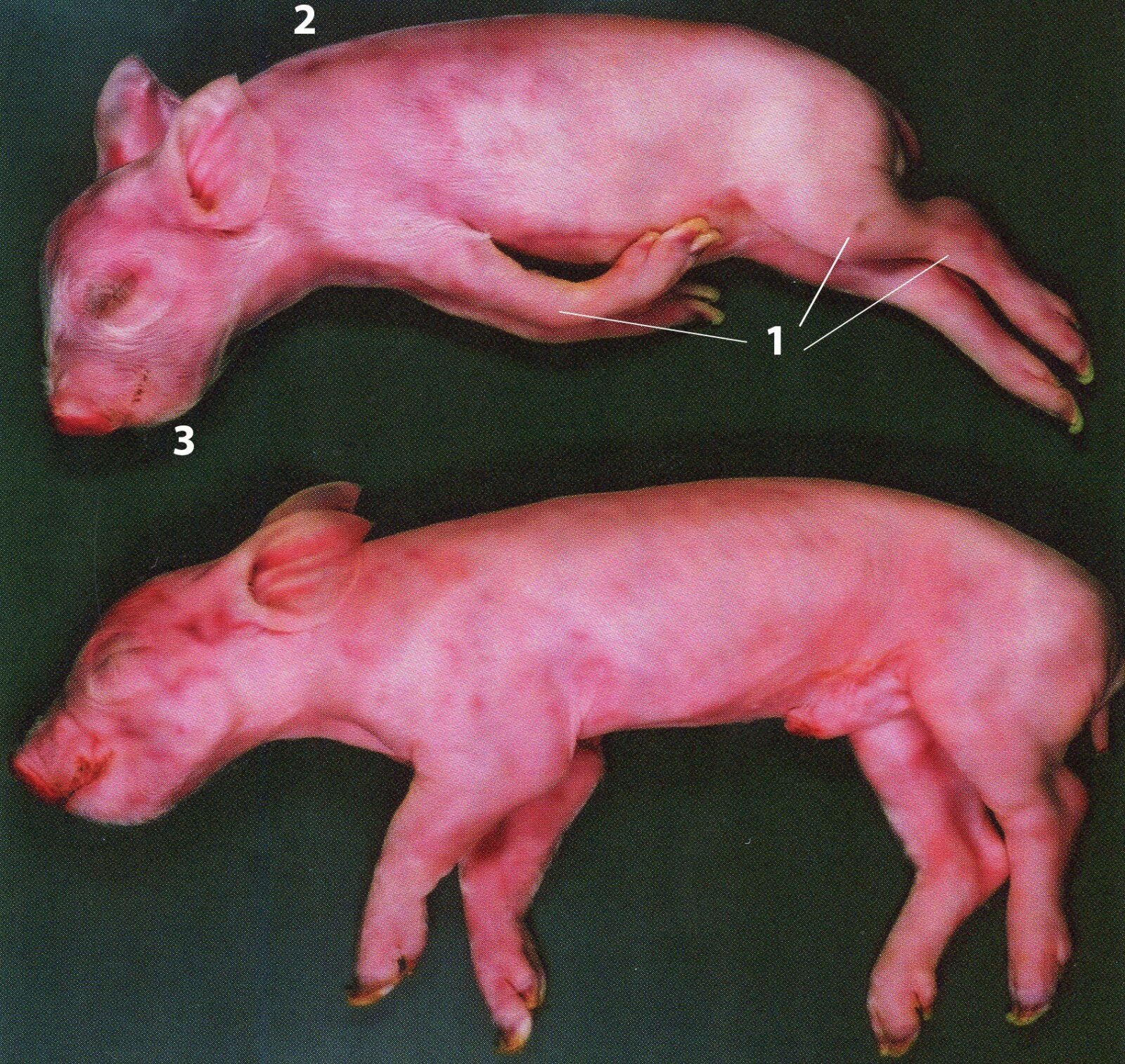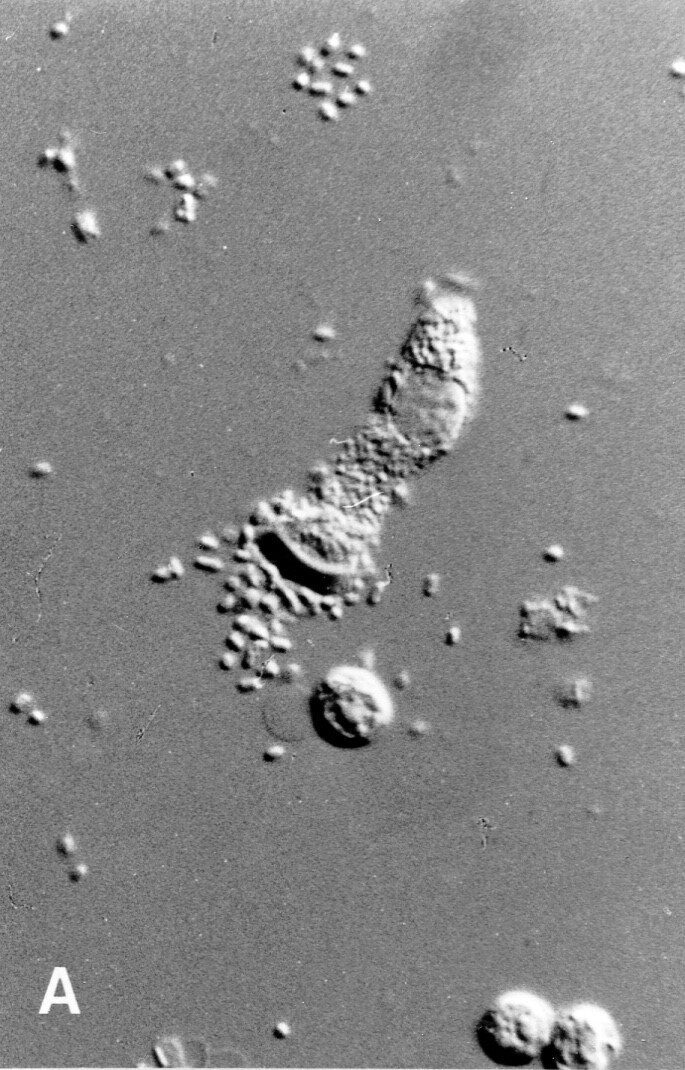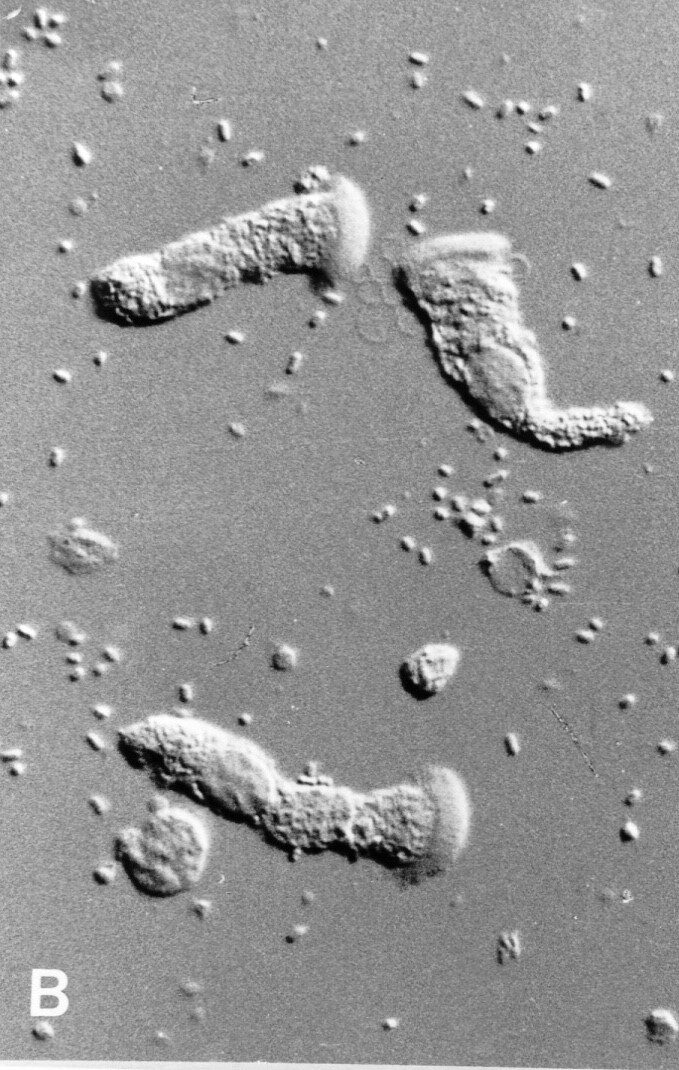From blood group analyses to resistance breeding
Peter Vögeli – a pioneer in pig genetics
Pig breeding organisations recognised early on that laboratory methods (biochemical and later molecular genetics) are important for practical pig breeding. In 1980, an agreement on the creation and maintenance of a scientific service centre for blood group and enzyme type determination in pigs came into force between ETH Zurich and a few pig breeding organisations. Peter Vögeli became the head of the laboratory and played a decisive role in shaping it for 32 years until his retirement.
In the early years, the laboratory developed the basics for blood group, protein and enzyme type determination. There were 15 blood group, 15 protein and 10 enzyme type gene loci available for parentage controls. Later, relationships between these blood types and performance traits were investigated.

Susceptibility to stress
For practical breeding work, the relationship between some blood types and susceptibility to stress was relevant. As a complement to the halothane test, which only detected homozygous stress-susceptible animals, haplotyping allowed the identification of heterozygous carriers.
Hereditary diseases
In the laboratory, vitamin C deficiency (recessively inherited, an affected animal cannot produce vitamin C and is dependent on a supplement in the feed) or progressive congenital ataxia (PCA, recessively inherited neuropathogenic disorder that leads to stunting and ultimately to death) were investigated, for example. Arthrogryposis multiplex congenita (AMC) is another example of a recessively inherited disease studied in the laboratory. Thanks to the collaboration of the Animal Genetics unit with the Animal Genomics group, 25 years later, the gene locus responsible for AMC was identified using molecular genetic methods.

E. coli F18 resistance
This type of E. coli is largely responsible for oedema and diarrhoea during weaning in Switzerland. The laboratory developed a molecular genetic test that has been successfully used in breeding since 1996. In 1997, ETH Zurich applied for the corresponding patent. Today, all Edelschwein pigs in Switzerland are resistant.
E. coli F4 resistance
A large proportion of neonatal and weaning diarrhoea is caused by infections with E. coli strains that have F4 fimbriae. The gene locus for the adhesion site (receptor) of the bacteria in the small intestine has not yet been identified. If the pig is receptive, an adhesion of bacteria to the brush border of the intestinal cell can be observed; without a receptor, this is not possible. Only recently, however, today’s Animal Genetics unit, led by Stefan Neuenschwander, found markers that are closely linked to the receptor gene. These markers significantly improve the correct identification of resistant pigs.
Breeders in Switzerland and elsewhere have begun to use marker-assisted selection to increase the frequency of resistance alleles and thus reduce the incidence of the disease in their herds and minimise the use of antibiotics, which also benefits animal welfare.

